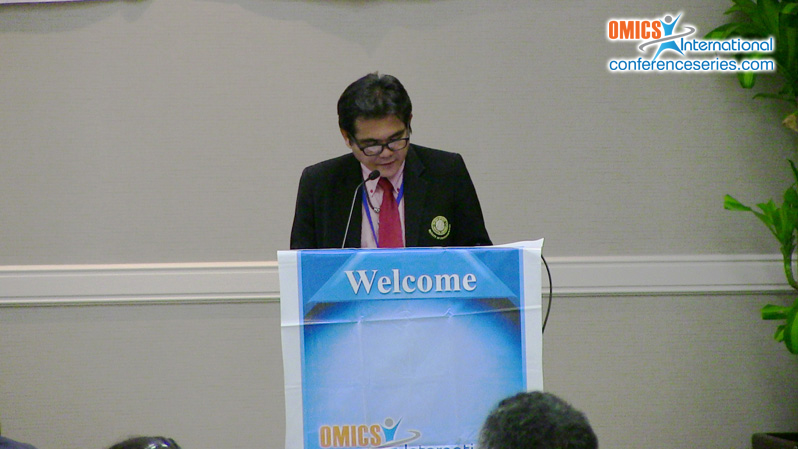
Wuthichai Kaewwaen
Burapha University, Thailand
Title: Landscape Ecology and Epidemiology of Malaria-Associated Rubber Plantations in Thailand: Integrated Approaches to Malaria Ecotoping
Biography
Biography: Wuthichai Kaewwaen
Abstract
The agricultural land-use changes are human-induced changes in agroforestry ecosystems and in physical environmental conditions that contribute substantially to the potential risks for malaria transmission in receptive areas. Given their pattern and extent of such land-use changes, the ecosystemic outcomes are involved in malaria transmission dynamic, the susceptibility of human populations, and geographical distributions of malaria vectors. This review focused basically on what are the potential effects of the agricultural land-use changes as the result of the expansion of rubber plantations in Thailand and how significant the malaria-associated rubber plantations (MRPs) are. More significantly, this review synthesized the new concepts, tools, and applications of landscape ecology and epidemiology so as to determine the degree to which the MRP ecotope as fundamental landscape scale can establish malaria infection pocket(s). Malaria ecotoping encompasses the integrated approaches and tools applied to or used in malaria landscape ecology and epidemiology—by which a malaria ecotope (or MRP ecotope) is stratified based on geospatially analyzing a receptive area that is geographically associated with the infestation or re-infestation of Anopheles vectors, along with the attributes that are epidemiologically linked with or used in determining the potential risk for malaria transmission that possibly occurs in malaria transmission control area. This strategic approach underpins the stratification of the potential risks for malaria transmission by making use of remotely-sensed satellite imagery or landscape aerial photography using unmanned aerial vehicle (UAV), global positioning systems (GPS), and geographical information systems (GIS).



